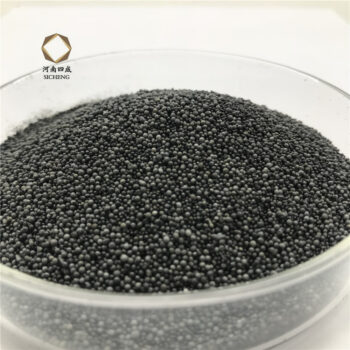After sand has been shaken off a complete casting, the lumps are cooled and crushed. All particles and metal granules are removed, often with the assistance of a magnetic field. All sand and constituents are screened with shakers, rotary screens, or vibrating screens. Cleaned sand can then be reintroduced to the beginning of the molding sand production cycle.
Molding sands are prepared in mullers, which mix the sand, bonding agent, and water. Aerators are used in conjunction to loosen the sand to make it more amenable to molding.
Prepared sand is delivered to the molding floor, usually by scoop trucks or by belt conveyors, where it is formed into molds; the molds may be placed on the floor or delivered by conveyors to a pouring station. After pouring, the castings are removed from the adhering sand at a shakeout station. The used sand, in turn, is returned to the storage bins by belt conveyor or other means.
Casting sand is typically recycled and reused through many production cycles. According to industry estimates, approximately 100 million tons of sand are used in production annually. Of that number, only four to seven million tons are discarded, and even that sand is often recycled by other industries.

